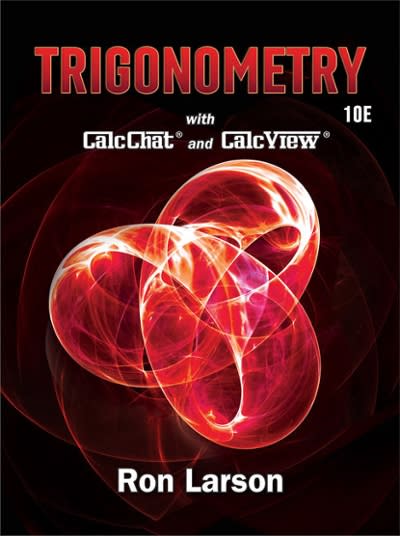Question
The figure shows density plots of the 10,000 bootstrapped linear model results where the number of drivers who are involved in fatal accidents (labeled: num_drivers
The figure shows density plots of the 10,000 bootstrapped linear model results where the number of drivers who are involved in fatal accidents (labeled: num_drivers and centered to minimum value) and the region of the United States (4 values; Midwest, Northeast, West, and South) were used as attributes to predict / explain variation in the average price of auto insurance (in US dollars). The R command for the linear model was:
lm(insurance_premiums ~ I(num_drivers - min(num_drivers)) + region)
Is there evidence of a relationship in the population between the number of drivers involved in a fatal accident and the average price of insurance premiums and which direction is the relationship? (i.e., is there evidence the relationship is 0 or a different value?)
Options:
Yes, the bootstrapped results show that most of the slopes are positive.
Yes, the bootstrapped results show that most of the slopes are negative.
No, the bootstrapped results show that 0 is a strong plausible value.

Step by Step Solution
There are 3 Steps involved in it
Step: 1

Get Instant Access to Expert-Tailored Solutions
See step-by-step solutions with expert insights and AI powered tools for academic success
Step: 2

Step: 3

Ace Your Homework with AI
Get the answers you need in no time with our AI-driven, step-by-step assistance
Get Started


